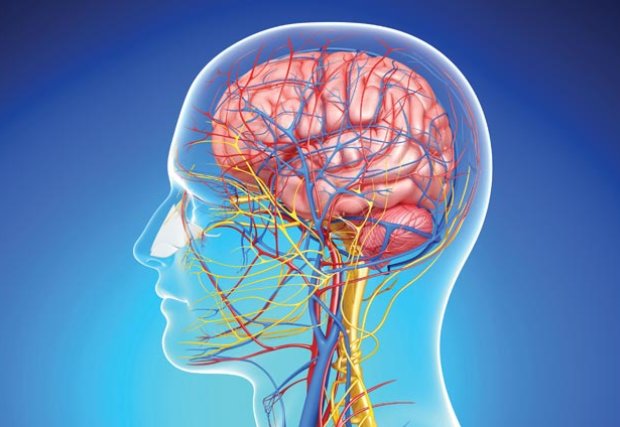Not all strokes are the same. A large vessel occlusion, or LVO, is a stroke that occurs when a big vessel in the brain suddenly becomes blocked. This type of stroke tends to be more severe, and specialized treatment is available only at certain hospitals, explains Raj Agrawal, MD, an interventional radiologist on staff at Centennial Hills, Spring Valley and Valley hospitals. That’s why it’s critical to call 9-1-1 at the first sign of a possible stroke, and let the emergency response team take you to the hospital to get the care you need.
Are LVO Symptoms Different?
LVOs can have the same symptoms outlined in the FAST acronym on this page, such as facial drooping, arm weakness and speech difficulty. There can also be other associated signs, such as gaze deviation toward one side, difficulty understanding spoken or written words, or inability to recognize a person or an object. Emergency response teams are trained to recognize the possible signs and direct care accordingly, says Dr. Agrawal.
How are LVOs Treated?
For some patients, an advanced endovascular procedure called mechanical thrombectomy can offer an effective treatment option. This procedure involves making a small incision, usually in the groin, and threading a catheter with tiny instruments to the site of the blockage to retrieve the clot, explains Dr. Agrawal.
Centennial Hills, Spring Valley and Valley hospitals are all specially equipped to offer this procedure with support from biplane technology, which enables doctors to see 3-D images of the blood vessels in the brain.
In the past, many people with LVOs suffered paralysis, serious disability or even death, but medical advancements can now help patients enjoy healthier, more functional recoveries, Dr. Agrawal says. Getting the right care right away is critical. Any time you have symptoms, don’t wait. Call 9-1-1.
Individual results may vary. There are risks associated with any surgical procedure. Talk with your doctor about these risks to find out if minimally invasive surgery is right for you.
Learn more about stroke care at The Valley Health System Hospitals >
Recognize These Signs of Stroke and Act Fast
The most common symptoms of a possible stroke can be remembered by this acronym:
FACE: Ask the person to smile. Does one side of the face droop?
ARMS: Ask the person to raise both arms. Does one arm drift downward?
SPEECH: Ask the person to repeat a simple phrase. Is it slurred or strange?
TIME: is critical! If you see any of these signs, call 9-1-1 immediately.
If these symptoms appear, DON'T WAIT! Call 9-1-1 or seek medical attention right now.


